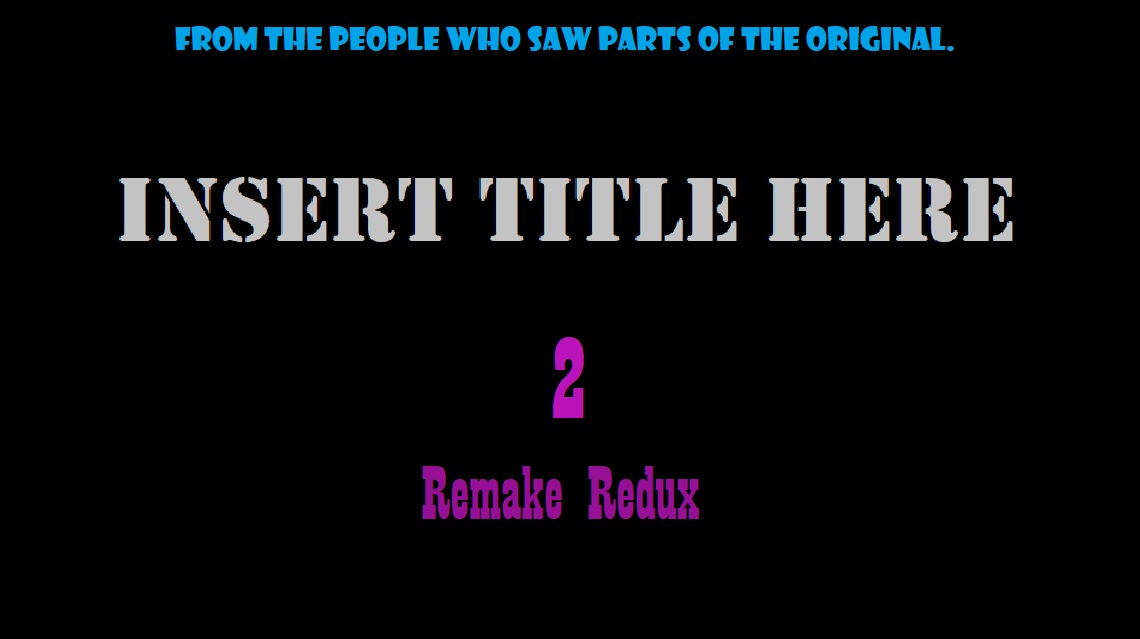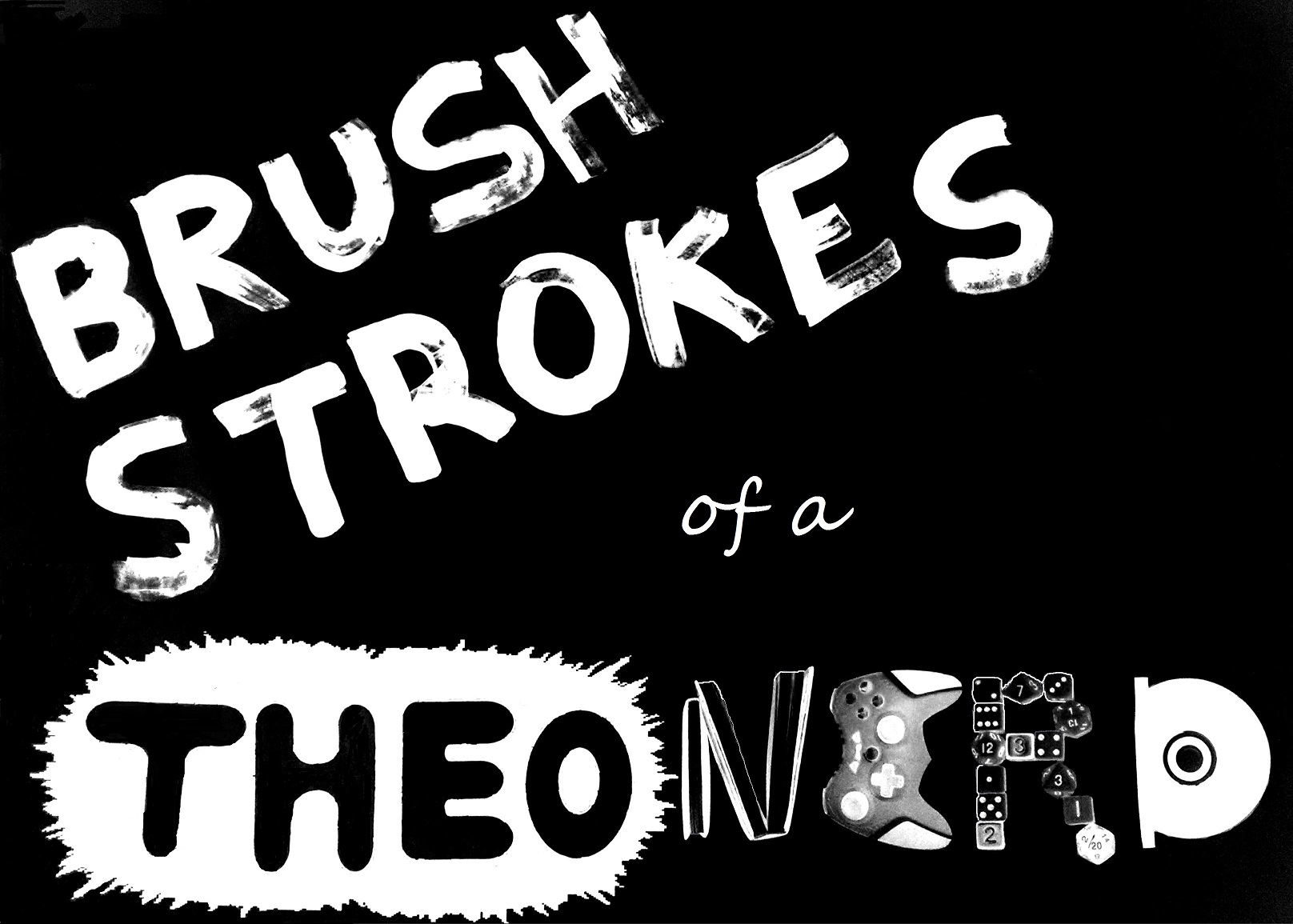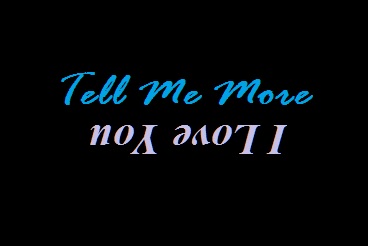A Better Kind of Remake
By Anthony Casperson
8-6-22
“Why is it that just about every new movie today is a sequel or a remake?” the man asked.
In my head, I added, “Or adapted from successful stories told in other media—with varying degrees of adherence to the original.” But my physical response at the time was little more than the laugh that his exasperation called for.
The answer to his question is more complex than a simple conversation could contain. It’s not like I could fully encapsulate the entirety of every motivation by merely responding, “Because the investors and studios involved are more interested in money than actually telling a good story. Therefore, the only movies they’ll pump out are ‘sure things’ that’ll still fail more often than not because ‘telling a story’ barely ekes onto the bottom of their ten most important reasons to make the movie.”
Don’t worry, I’m not going to go into the rest of the answer here in the blog. The reasons expand beyond the borders of even my longest writing here. And I’m sure the best I could do is probably provide half answers and conjectures because I don’t know everything involved anyway.
However, the man’s question raised a thought in my mind about the general concept of creativity. One which is more in line with the top few most important reasons that I write these blogs.
When we human beings showcase our creativity, we’re tapping into the creative power of the God whose image we bear.
I’m not saying that only those who are close to God have the greatest levels of creativity. (See the piles of “christianized” versions of popular movies as Exhibit A against that claim.) But whether knowingly or not, when we human beings take the time to craft and mold something into a creative endeavor, we’re emulating—almost reenacting—the creativity of the one who made everything that exists. (As an interesting side note, the day I wrote this, my daily bible reading led me to Genesis 1. Quite the divine coincidence.)
When we see in Ephesians 2:10 that we’re God’s workmanship (his artistic creation), we can almost think of ourselves as characters in the story that he’s telling through his creation. The story of a grace-filled God redeeming his fallen creation that continues while we walk in the roles set out for us before he first said, “Let there be light.”
And so it only makes sense that when we intend to reach into the creativity that’s modeled after his, what we should end up with is something designed with purpose, reason, and theme. Characters and plot that showcase what is important to us as their creator.
Our motivations for creating the art—the most important reasons on our list for making it—reveal whether we’re truly tapping into the creative aspect of our God and creator, or we’re selfishly abusing the trappings of creation for potential personal gain. The first tells stories that speak ancient truth into something understandable today. The latter warps old tales around self-seeking motivations and agendas that care little for the audience of the art, if even that much. And just mass-produce it with a new color scheme.
So, my brothers and sisters, let’s remember that our creativity is an outcome of humanity’s nature as God’s image-bearers. And our reenactment of our Creator’s artistry should remind us of what he views as important.
Maybe then, the story can be more than a terrible remake or sequel.




